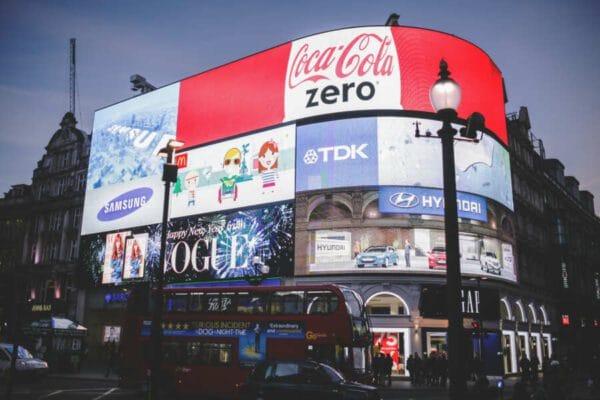
By Erica Wolfe-Murray. ‘leading innovation and business expert’, she is the author of ‘Simple Tips, Smart Ideas: Build a Bigger, Better Business’, finalist in the Business Book Awards 2020.
My name is Erica Wolfe-Murray. When people who know me hear that name, whether I am in the room or not, a whole raft of thoughts about me will come, unbidden, into their minds. The colour of my hair, how I dress, what they know about me, how I walk, talk, conduct myself. That I’ve written a book, that I help companies grow. Depending on how much they engage with me, the image and detail in their mind’s eye will either be sketchy or more informed. And they are likely to have an opinion of some form or other about me.
A brand identity is very similar to our personal identity. It helps your customers, suppliers, future customers, shareholders, investors form an opinion about you that applies to both your products and also who you are as a company. During a purchase or other form of potential engagement, you want them to to recall you over and above your competitors. This is brand identity.
An identity can be a very powerful tool, a valuable asset but takes time and effort to build. Every aspect of an organisation can contribute to the growth and the success of an identity. It is conveyed during every touch point with a company – how you answer the phone, the tone of voice and vocabulary used in all written communications, your contracts, the environment in your retail store, your office, across your digital interfaces. Developing the right identity for a business is one of the very best investments they can make.
But the identity has to fit with the actuality of what is being offered. If the customer’s experience is regularly out of step with their perception of the brand, the brand capital is wasted. You feel similar emotions to those you get when a friend behaves appalling or espouses views opposite to those you thought they held. And once you sense that a brand doesn’t live up to its identity, doesn’t walk the walk of the values it espouses, you can’t ‘unknow’ it. Brands who waste their carefully built up brand capital quickly come to realise it takes a long time to regain the lost ground.
Many people consider a brand identity to be merely the logo that appears on their website masthead or over their door. That has become short-hand for an identity, when in fact a proper brand identity is so much more.
Good design studios who help companies develop and harness their brand identities look at their client holistically. They consider the journey to here, and where it wants to go in the future. They look at all the publics a company meets, all the audiences it has, and platforms it operates across. They will assess who its competition is, and why. They will understand how to capture the uniqueness, how to develop it and build for the future. Helping a company develop its brand identity from where it is now to where it wants to be is a fascinating exercise. It involves the company being honest, warts and all about where it is now, what it has done well and has done less well to ensure in future there is an alignment of all attitudes, touch-points, communications and services.
The logo, or visual motif, that sums up the identity of the brand, is a small, potentially powerful symbol that triggers recognition. It is like the front door you are faced with as the point of entry knowing there is a whole house with rooms and a garden surrounding it.
Every app button on your smart phone is a logo of one company with whom you engage regularly. You understand the logo is the doorway to the app, the product/service behind it supplied by the company who’s identity that tiny patch of colour and shape represents. And because that patch of colour has to do so much heavy lifting, it needs protecting through trade marking and design right. You do not want another company to develop or use any logo similar to it, allowing your customers to mistakenly go through their front door instead to buy from them.
If you are in the early stages of developing a brand identity, here are some tips…
- Identities are not built overnight, but over years. Allow your brand time to grow.
- If you are developing a new creative approach to your brand, its identity and logo, write a really thorough brief about how you want all your audiences to feel and react to you.
- Be honest with the design team who will be working on your project. If you are talking the talk, but not walking the walk (yet) you need to let them know and work with them to help you and your business get there.
- Involve all of your company in building your brand identity and ensure they understand the long-term importance of it. You are not just creating an identity for this year or next year but for the next ten years and beyond.
- Ensure you don’t scrimp on your budget or the time you invest in working with the design team.
- Register your logo as a trademark to prevent any infringement ensuring your company and customers are protected.


